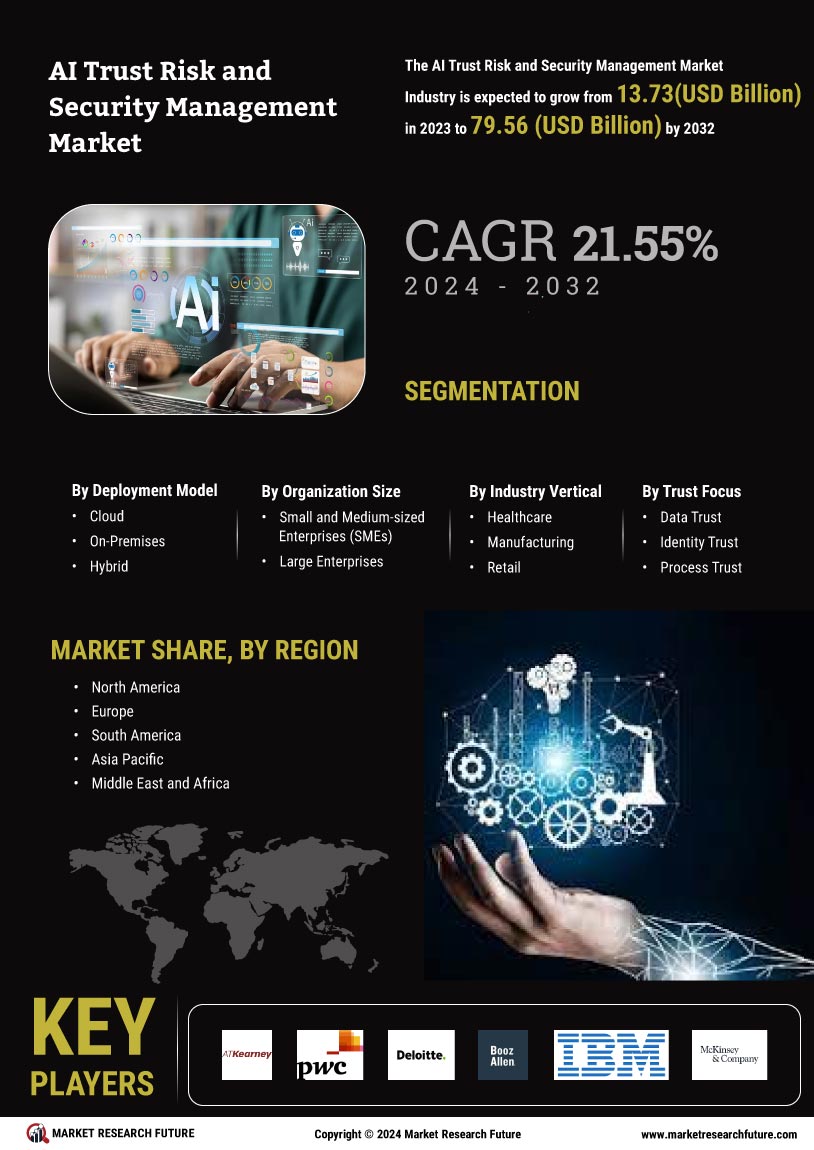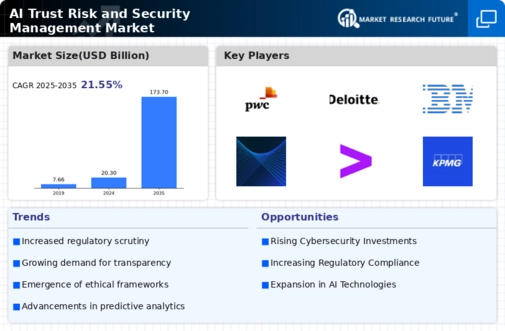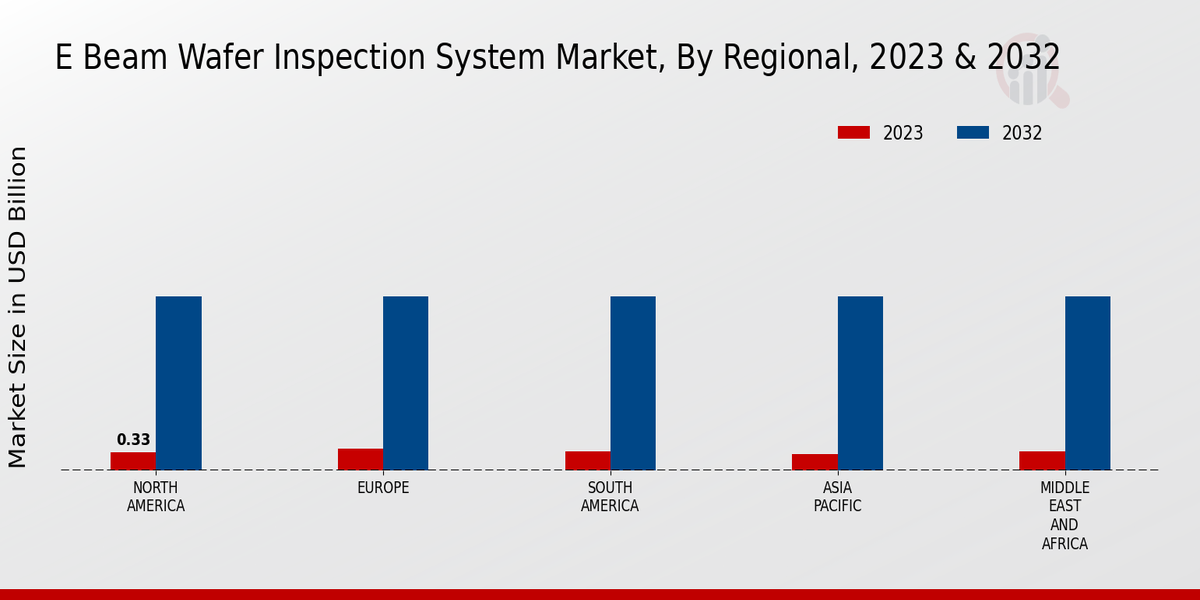Rising Cybersecurity Threats
The AI Trust Risk and Security Management Market is experiencing heightened demand due to the increasing frequency and sophistication of cyber threats. Organizations are compelled to adopt advanced AI-driven security solutions to safeguard sensitive data and maintain operational integrity. According to recent estimates, cybercrime is projected to cost businesses trillions annually, underscoring the urgency for robust risk management frameworks. As cyber threats evolve, the need for continuous monitoring and adaptive security measures becomes paramount, driving investments in AI technologies that enhance threat detection and response capabilities. This trend indicates a significant shift towards proactive security strategies, where AI plays a crucial role in identifying vulnerabilities and mitigating risks before they escalate.
Advancements in AI Technologies
The AI Trust Risk and Security Management Market is being propelled by rapid advancements in AI technologies, which are enhancing the capabilities of risk management solutions. Innovations in machine learning, natural language processing, and predictive analytics are enabling organizations to better identify, assess, and mitigate risks. The market is witnessing a surge in the adoption of AI-driven tools that provide real-time insights and automated decision-making processes. This technological evolution not only improves the efficiency of risk management practices but also allows for more accurate forecasting of potential threats. As organizations increasingly recognize the value of leveraging advanced AI technologies, the market is poised for significant growth, with a focus on developing solutions that are both effective and scalable.
Growing Compliance Requirements
The AI Trust Risk and Security Management Market is significantly influenced by the increasing regulatory landscape surrounding data protection and privacy. Organizations are now mandated to comply with various regulations, such as GDPR and CCPA, which necessitate the implementation of comprehensive risk management strategies. The market for compliance-related AI solutions is projected to grow as businesses seek to automate compliance processes and ensure adherence to legal standards. This trend not only enhances operational efficiency but also minimizes the risk of costly penalties associated with non-compliance. As regulations continue to evolve, the demand for AI-driven tools that facilitate compliance monitoring and reporting is likely to expand, further propelling the market.
Demand for Enhanced Data Privacy
In the AI Trust Risk and Security Management Market, there is a pronounced emphasis on data privacy, driven by consumer awareness and expectations. As individuals become increasingly concerned about how their data is utilized, organizations are compelled to adopt AI solutions that prioritize privacy and security. This shift is reflected in market data, indicating that companies investing in AI-driven privacy management tools are likely to gain a competitive edge. The integration of privacy-preserving technologies, such as differential privacy and federated learning, is becoming essential for organizations aiming to build trust with their customers. Consequently, the market for AI solutions that enhance data privacy is expected to witness substantial growth as businesses strive to align with consumer expectations and regulatory demands.
Increased Investment in AI Solutions
The AI Trust Risk and Security Management Market is benefiting from a notable increase in investment directed towards AI solutions. Organizations are recognizing the strategic importance of AI in enhancing their risk management frameworks and are allocating substantial resources to develop and implement these technologies. Recent data suggests that investment in AI for security purposes is expected to reach unprecedented levels, as businesses seek to leverage AI's capabilities to improve threat detection and response times. This influx of capital is likely to drive innovation within the market, leading to the development of more sophisticated AI-driven security solutions. As the competitive landscape intensifies, organizations that prioritize investment in AI technologies are expected to achieve better risk management outcomes and maintain a strong market position.


















Leave a Comment